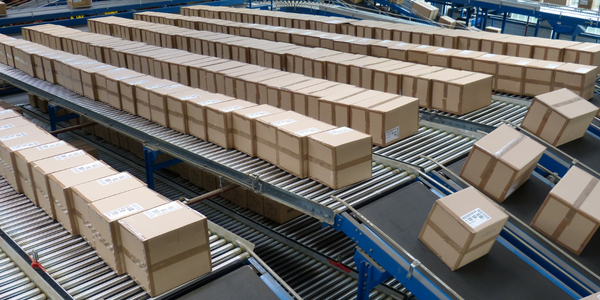Technology Category
- Sensors - Air Pollution Sensors
- Sensors - Environmental Sensors
Applicable Industries
- Electronics
- Packaging
Applicable Functions
- Product Research & Development
- Quality Assurance
Use Cases
- Intelligent Packaging
- Transportation Simulation
Services
- Testing & Certification
About The Customer
Haier Group is one of the world’s largest manufacturers of home appliances and consumer electronics. The company is the leader of its industry in China, where it is headquartered. Haier ships its products all across the globe and in more than 100 countries, so well-designed product packaging is crucial to the company’s ability to deliver products without damage to even the farthest destinations. While the company is known for its quality products, the air conditioners it manufactured were being damaged during transportation, leading to higher costs and delays in final product delivery.
The Challenge
Haier Group, a global leader in home appliances and consumer electronics, faced a significant challenge with its air conditioners. Despite being known for quality products, the air conditioners were frequently damaged during transportation, leading to increased costs and delivery delays. The company attempted to enhance the structure of its air conditioners and packaging to make them more resistant to drop damage by conducting physical drop tests. However, these tests significantly escalated the research-and-development costs and consumed an extraordinary amount of time. Moreover, the engineers could not easily observe the damage process as the collision between the product and the ground was an instantaneous event. They could only view the outcome but not the strains and shape changes during the fractions of seconds in which they happened. Consequently, Haier considered using excessive packaging materials, but the overall design strength of the package was insufficient.
The Solution
To overcome this challenge, Haier engineers turned to HyperWorks tools from Altair to create a virtual simulation of a drop test that would provide extensive data on the stresses and strains involved. Virtual drop tests using HyperMesh for preprocessing and the RADIOSS solver were developed for two different types of air conditioners to gain better insights. For the first product tested, Haier engineers initially conducted numerous physical tests to collect data on the performance of the materials used in the packaging, such as honeycomb panels and EPS blocks. Then it simulated material tests with virtual models to calibrate the data. They tested honeycomb paper through elastic deformation, buckling, plastic collapse and brittle rupture of the product under axial compression. After obtaining the strain-stress curve from the physical model, the team simulated the honeycomb paper and reproduced the axial compression virtually. The virtual compression test curve showed very good conformity with the experimental physical test curve. For the second type of air conditioner, Haier engineers again prepared separate models for the air conditioner and the packaging and then employed RADIOSS in simulating a 0.8 meter drop on a corner of the package, with a beginning speed of 3.96 mm/ms.
Operational Impact
Quantitative Benefit

Case Study missing?
Start adding your own!
Register with your work email and create a new case study profile for your business.
Related Case Studies.

Case Study
Remote Temperature Monitoring of Perishable Goods Saves Money
RMONI was facing temperature monitoring challenges in a cold chain business. A cold chain must be established and maintained to ensure goods have been properly refrigerated during every step of the process, making temperature monitoring a critical business function. Manual registration practice can be very costly, labor intensive and prone to mistakes.

Case Study
IoT Data Analytics Case Study - Packaging Films Manufacturer
The company manufactures packaging films on made to order or configure to order basis. Every order has a different set of requirements from the product characteristics perspective and hence requires machine’s settings to be adjusted accordingly. If the film quality does not meet the required standards, the degraded quality impacts customer delivery causes customer dissatisfaction and results in lower margins. The biggest challenge was to identify the real root cause and devise a remedy for that.

Case Study
Zenon the Ideal Basis for An Ergonomic HMI
KHS develops and produces machines and equipment for filling and packaging in the drinks industry. Because drinks manufacturing, filling and packaging consist of a number of highly complex processes, the user-friendly and intuitive operation of equipment is increasingly gaining in significance. In order to design these processes as simple as possible for the user, KHS decided to introduce a uniform, transparent and standardized solution to the company. The HMI interface should meet the requirement for people with different qualifications and enable them to work on a standard platform.

Case Study
Cloud Solution for Energy Management Platform-Schneider Electric
Schneider Electric required a cloud solution for its energy management platform to manage high computational operations, which were essential for catering to client requirements. As the business involves storage and analysis of huge amounts of data, the company also needed a convenient and scalable storage solution to facilitate operations efficiently.





